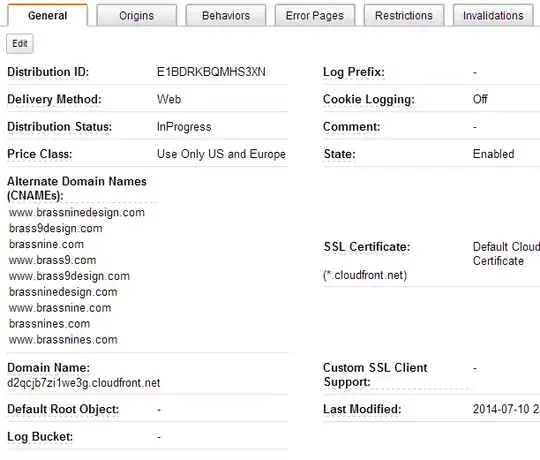I am looking for new DB server. I'd like to know your opinions and recommendations.
Current server spec:
- We use DB server for website with 100-200 req per sec(i plan growth up to 200-250)
- Today we have 1000 - 2000 rps for DB from php (growth to 3-4k)
- DB size - 63 Gb (growth up to 100Gb)
- Storage: 4 HDD x 2Gb, RAID 1 for DB data
- RAM: 32 Gb CPU: Intel Quad-Core Xeon E3-1270 (4 cores, 3400Mhz)
- Software MySQL 5.5 over Centos 6.4
What i want: I need server for next year, i wait for loading growth about 20-50%. I am going to add memory up to 64Gb, however i am not sure about storage and CPU. What do think about moving to SSD and more powerfull CPU?
This is server CPU loading graph

I will appreciate your opinions and recomendations.